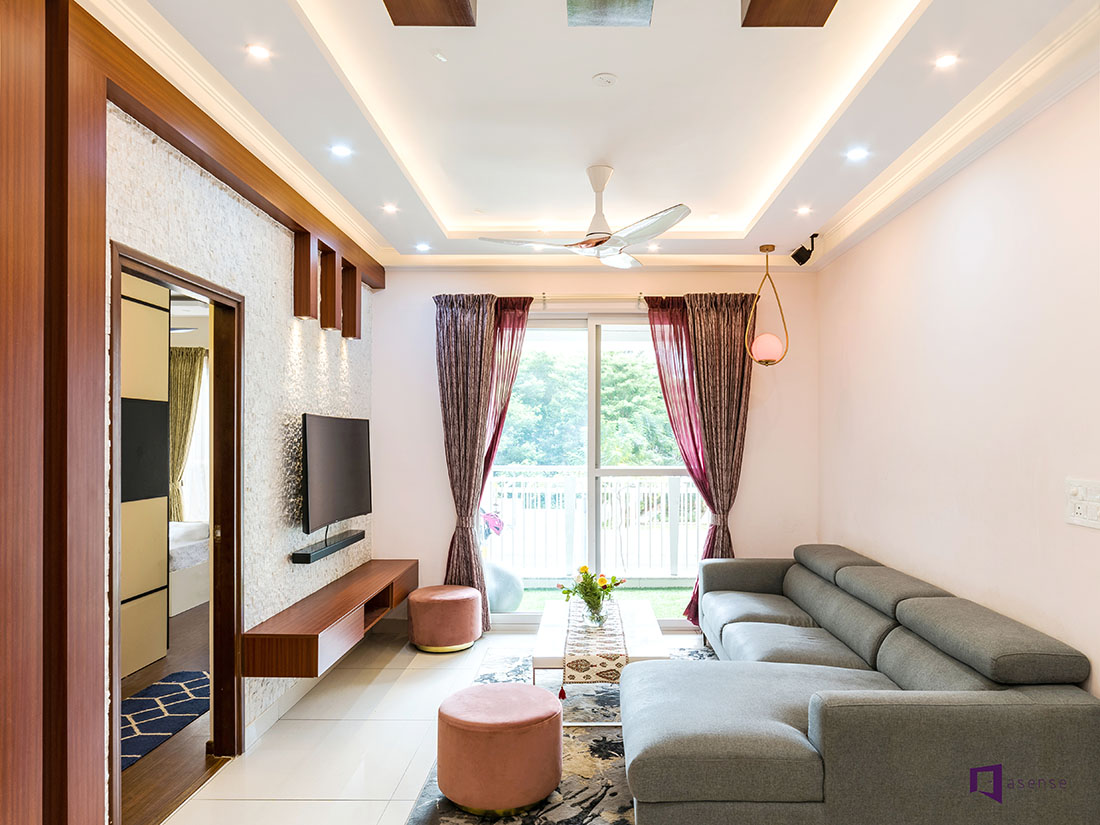Achieve a high-end look with expert luxury interior design.
Achieve a high-end look with expert luxury interior design.
Blog Article
Transform Your Home With Essential Principles of Interior Decoration and Aesthetics
By comprehending the impact of shade theory and the significance of appearance and patterns, one can produce spaces that are not just aesthetically appealing yet likewise deeply personal. Attaining this balance involves more than plain design; it encompasses a critical plan and a keen understanding of just how each element connects within an area.
Understanding Shade Theory
Comprehending the concepts of shade theory enables developers to develop spaces that resonate psychologically with occupants while satisfying useful requirements. Each category plays a vital duty in establishing harmony within an area.
The emotional influence of colors is profound; warm colors such as reds and oranges stimulate power and warmth, while amazing tones like blues and environment-friendlies promote calmness and serenity. In addition, the use of complementary shades improves aesthetic passion, creating striking contrasts that can elevate a space's charm.
Neutral shades, on the various other hand, act as a functional background, allowing various other style aspects to radiate. It is necessary to take into consideration factors such as lights and the area's objective when picking a shade combination, as these can change the understanding of colors throughout the day.
Eventually, a well-considered color plan can transform a space, cultivating a sense of convenience and design that lines up with the citizens' choices. Proficiency of color theory is, therefore, an important skill for any indoor developer intending to produce unified and welcoming atmospheres.
Accomplishing Equilibrium in Style
Exactly how can developers attain a feeling of equilibrium in their spaces? Attaining equilibrium in design is fundamental to producing harmonious interiors. Developers can utilize three primary kinds of equilibrium: in proportion, asymmetrical, and radial. Balanced equilibrium involves arranging components uniformly around a main factor, fostering a feeling of order and serenity. This kind usually features sets of furniture or art work, improving visual security.
Asymmetrical equilibrium, on the other hand, relies upon differing aspects that still achieve a natural appearance. This method enables more vibrant and casual plans, giving rate of interest while keeping equilibrium. By meticulously selecting differing dimensions, colors, and structures, developers can create a visually engaging room that feels well balanced yet energised.
Radial balance highlights a main focal factor with elements radiating exterior. This style is frequently seen in round formats, where furniture and decoration develop a natural surround that draws the eye internal.
Inevitably, achieving balance needs thoughtful consideration of range, proportion, and the relationships between components. Architecture Firm. By masterfully applying these equilibrium concepts, designers can transform areas right into settings that really feel both cosmetically pleasing and functionally harmonious, enhancing the overall experience for residents
Significance of Spatial Understanding

An eager feeling of spatial recognition permits designers to identify prime focus within a room, guiding the visitor's focus to key features while maintaining an overall sense of unity. It also aids in the strategic placement of lighting, which can drastically influence the understanding of area and straight from the source mood. Additionally, understanding spatial relationships enables the developer to deal with the details requirements of occupants, making sure that each location serves its desired function without compromising aesthetics.
Eventually, spatial recognition is important for maximizing the capacity of any indoor area. By carefully thinking about the interplay in between dimensions, format, and feature, designers can produce settings that not only satisfy sensible requirements however likewise stimulate a feeling of comfort and elegance, enhancing the total living experience.
Including Appearance and Patterns
Embracing a varied variety of structures and patterns can significantly improve the visual and tactile allure of an interior room. The strategic use of various products-- such as wood, steel, textile, and rock-- produces depth and passion, making a room feel a lot resource more inviting and vibrant. Integrating smooth surface areas with harsh appearances can establish an equilibrium that attracts the eye and involves the senses.
When including patterns, think about both scale and repetition. Large patterns can serve as prime focus, while smaller, refined layouts can match various other elements without frustrating the room. Layering patterns, such as pairing floral paddings with striped tosses, adds intricacy and a feeling of harmony if performed attentively.
It is likewise important to keep a natural color scheme, making sure that structures and patterns collaborate as opposed to contend for attention. By selecting a couple of vital structures and patterns, you can develop a combined visual that reflects your personal design while boosting the general ambiance of the space. Eventually, the mindful unification of these elements can transform a mundane area into an advanced environment rich with character and heat.
Personalizing Your Room
Developing an area that shows your individuality is important to attaining an absolutely inviting atmosphere. Personalization in interior decoration enables you to instill your distinct design and rate of interests right into your home, changing it from a plain sanctuary right into a shelter that talks to that you are. Begin by picking a shade combination that reverberates with your emotions-- vibrant shades can energize, while soft tones offer tranquility.
Incorporate artwork and design that reflect your interests, whether it be travel, nature, or abstract ideas. Displaying personal collections, such as publications, photographs, or mementos, can stimulate treasured memories and develop prime focus within an area. In addition, think about personalizing functional pieces, like upholstered furnishings, to straighten with your visual choices.
:max_bytes(150000):strip_icc()/GettyImages-1161177015-f1de4ba58a6c4f50969d9119d80405a6.jpg)
Final Thought
Finally, the improvement of a home with the necessary concepts of interior design and aesthetic appeal demands a thorough understanding of shade concept, balance, spatial understanding, texture, and customization. Each aspect adds dramatically to developing a harmonious and useful living setting - Architecture Firm. By thoughtfully incorporating these principles, individuals can enhance the visual appeal and psychological vibration of their rooms, eventually fostering a home that reflects special identities while offering convenience and functionality
Report this page